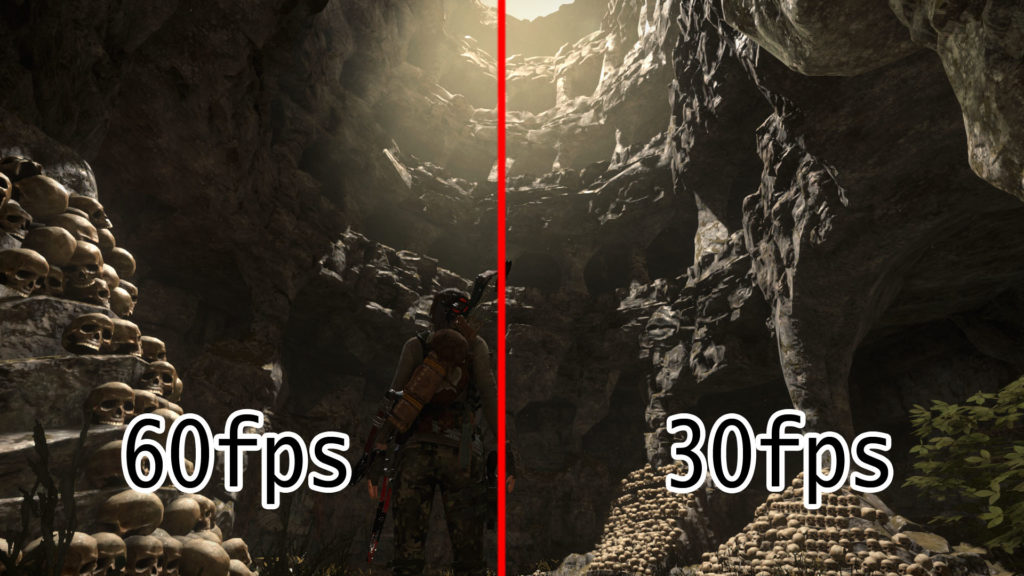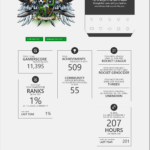The landscape of console gaming is changing. Those of us who have been “in the game” for a long time are experiencing a bit of a shock with the reveal of the mid-generation refresh. Sony, with the PlayStation 4 Pro; and Microsoft, with the announced Scorpio; represent the first of their kind; more power and performance part-way through a console’s lifecycle.
These beefier-than-launch consoles are new territory, for both console makers and players. And with this more powerful hardware comes some challenging design decisions.
First-generation console owners want their purchases to feel relevant. Upgraded console (PS4, Xbox Scorpio) owners want their new consoles to outperform the old ones. And Sony and Microsoft are left to juggle these dichotomous views.
Recently, on Reddit, I was downvoted into oblivion for stating that “parity is overrated”. The context for this comment was “how Microsoft should handle video game performance boosts with Xbox Scorpio”. The overwhelming majority of those sharing their viewpoint is that Microsoft should provide a boost to performance for single-player game modes, but not multiplayer modes. These performance boosts can be in the form of higher resolutions, frame rates, textures, polygon models, etc.
While there is little to no argument within the gaming community regarding single-player game modes getting performance boosts in newer consoles, the arguments for enhanced visuals in competitive multiplayer modes are met with vitriol. Back to my Reddit comment; I was arguing that those who pay for, what Xbox head Phil Spencer calls, “a premium product”, should have an equally premium experience.
In this, I mean that they should have the highest frame rates and resolutions allowable by the hardware, in all scenarios. After all, these console upgrades are meant to signal the end of console generations as we know them. To my knowledge, Sony hasn’t explicitly said, but Microsoft has told us that they want our gaming libraries to continue with us through. Which conveniently brings me to my most next point.
Xbox One players already have an advantage over Xbox 360 players in some games
When Phil Spencer announced Backward Compatibility at E3 2015, the crowd went wild. Since that moment, Xbox One owners have had a wide range of responses. From ecstatic (Red Dead Redemption, Skate 3) to insulted (Putty Squad), Xbox One owners have received the added perk of Xbox 360 backward compatibility in different ways.
But one thing gets overlooked and underappreciated, the performance boost that comes with the playing certain games on Xbox One instead of Xbox 360. The Xbox One makes no distinction between single-player and multiplayer modes on Xbox 360 backward compatible titles. It just tries to run them as well as it can. Sometimes that leads to fixing screen-tearing, other times it leads to a better frame rate. The point is, 360 games are allowed to perform better when played on an Xbox One. Why shouldn’t Xbox One games be allowed performance enhancements when played on Xbox Scorpio?
There is actually no such thing as parity anyway
I’m sorry to break this to you, but life isn’t fair, and that’s a good thing. Life, instead of being fair, is varied; dangerous; and exciting. Since this is about multiplayer parity and not life in general, I’ll be specific about some things that differ from one player to the next, which demonstrate that parity is a sham.
Gear Quality
If we are playing Killer Instinct and you have a fight stick, you have an advantage. If you have an Xbox One Elite controller, you have an advantage. Should you have a set of surround sound headphones, you have an advantage. If you have a sweet gaming monitor near-zero latency, you have an advantage. You have a 20ms ping? Where do you live? I’m 65-100ms and looking to move.
All this to say, if someone buys an Xbox Scorpio (whatever it ends up being called), they should have an advantage. This doesn’t mean developers should kneecap standard Xbox One games to run like dog doo, but give the Scorpio a boost when it can.
Screen Size/Proximity from screen
Some players are on a 40” tv screen across the living room, another has a 30” gaming monitor on the desk in front of them. Maybe the one who sits farther away could move closer, but maybe they can’t, their setup might not allow for that.
Preventing Xbox Scorpio and PS4 Pro games from running better doesn’t move everyone closer, it moves the ones who are closest across the living room. Enforcing “parity” just dumbs down the more advanced hardware. Talk about unfair.
Available practice time
Some people get to play video games half the day (darn kids) and some of us have to work before we get to jump in our Titans. As with any sport or skill-based activity, practice makes better. If someone has the opportunity to hone their skills more often than I do, there is no parity clause to level the playing field. I’m probably going to get stomped.
This is one of the primary reasons for ranked matchmaking; put players with other similarly skilled players.
If you put in the time and you dominate me in Rocket League 1v1, good for you (just don’t be a jerk about it). Since some have trained more, we don’t have parity. We are unequal, and that’s ok.
Natural ability
Remember how life isn’t fair? Some people have better eyesight, faster reflexes, sharper hand-eye coordination; and they don’t even try. This is a hard truth, no matter how hard most people train, they will never be the fastest runner in the world. There is only one fastest. Yes, training is a huge part of it, but that natural ability is what pushes the greatest over the great.
In gaming, you may have a disability that prevents you from being competitive at a high level. Or you may have a natural mind for geometry, timing, or prediction. What do those of us who are average or below do to compete? Do we add input lag to the better players’ controllers help us do better? No, we get over it. Most people are so over it, that they don’t even think about it. They have already moved on with their lives and commenced having fun with the talent that they do have.
Good news: it doesn’t really matter
We are talking about games! You know, those things we play for fun. 480p, 1080p or 4K. Sticky old controller or NES Advantage. We do this for entertainment. Players in the PC landscape don’t squabble about parity. My brother games on a laptop. No one cares if you are running dual graphics cards or playing on a 5-year old Compaq. They just play.
Consoles are not PCs, I understand. But consoles as we know them have changed quickly over the last 8 years, and they will continue to change. Let’s not worry about what setup the guy or gal who just went 42-0 in Battlefield 1 has, just have fun with what you’ve got.




The difference is that MS has no control over most of those other factors, while it does for whether or not the one x gives players a performance boost. Couple that with the fact that other than the hardware offering a levelish playing field, consoles are inferior in almost every way to PC’s and there is even more reason to not give one X players the edge in multiplayer; doing that turns the xbox into an inferior PC and who wants to play of inferior PC when you can play on non-inferior PC.
The Xbox One and PS4 (heck, even the switch) are already “inferior PCs”. Most of the games on those platforms would look smoother and prettier on PC hardware. But that fact doesn’t mean that there shouldn’t be variance within a platform. My post shows that there is already many variables. Parity is literally unattainable in the consumer space. If Xbox One X had parity with the base Xbox One, it would be as foolish as Steam dictating parity across PC games.